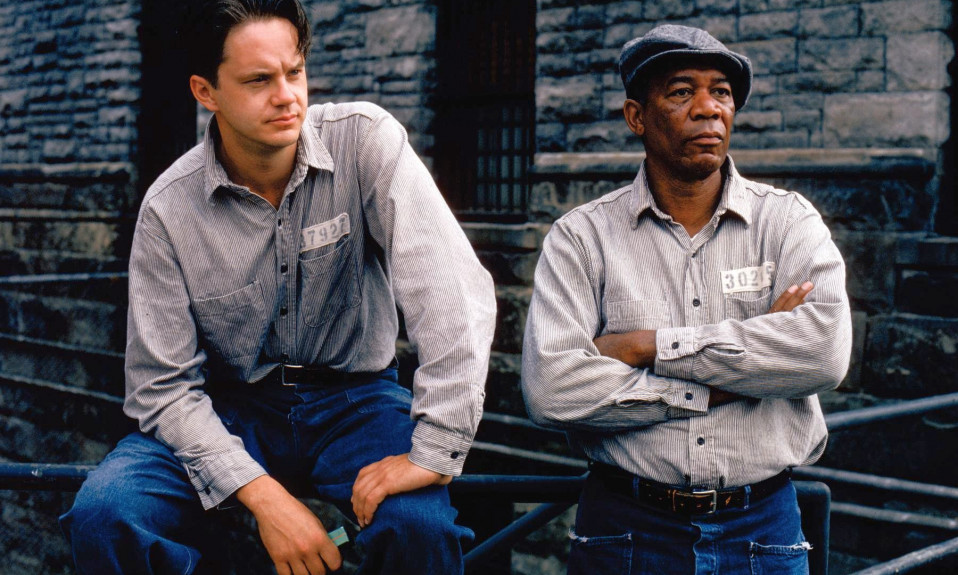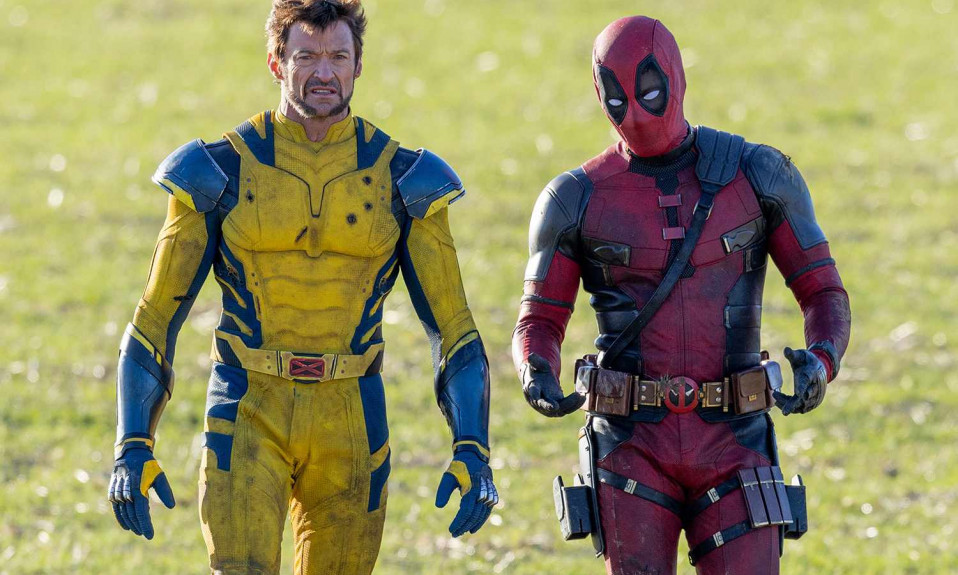If you walk into a movie theatre today, you’ll find that only a minority of their showings are stand-alone movies. The cinema industry is awash with sequels, prequels, remakes, spin-offs, and the growing movement of cinematic universes. So what gives? How did we go from a harmonious balance between stand-alone films and franchises to one completely overtaking the other?
What are Stand-Alone Movies, Anyway?
A stand-alone movie is a film that is made as a single body of work. The story, characters or fictional world of these movies are not part of a franchise. There’s no doubt that there’s a certain artistry to be able to tell a complete story in the span of one film. While serial films are amazing in their own right, not every story is meant to be dragged out for as long as possible.
As recently as the 90s, stand-alone movies were the norm. They were everywhere, from romances like Sleepless in Seattle (1993) to gritty dramas like The Shawshank Redemption (1994). While they definitely still exist, they are in a clear decline. Almost every recent hit movie is part of a franchise or a cinematic universe. Fast and Furious has endured 10 instalments and Spiderman: Across the Universe is the second of a planned trilogy. Even the recent Barbie blockbuster is rumoured to be the beginning of a toy-inspired Mattel cinematic universe.
How did we get to this point? The answer is simple; money.
Movie Industry Capitalism
Don’t get me wrong, stand-alone films definitely make money. Some of the biggest blockbusters in history were stand-alone films. Movies like E.T. The Extra-Terrestrial (1982) and Inception (2010) have had an immense cultural impact while still putting money in the bank. That being said, the last couple of years have had the highest box office revenue from franchises in history. Although franchises have been a thing since at least the 70s, they really hit their rhythm in the last 15 years.
In the early 2000s, serial films like Fast and Furious and Harry Potter proved that it was possible to draw out movies for longer than was previously expected, and it raked in millions. And then Marvel changed the game with the popularisation of the cinematic universe. A studio just needs to build one good fictional world and the number of films you can put in it is endless. This brings in far more revenue because fans are compelled to watch every movie in the set.
As profits increased, studios started expecting higher profit margins than before. 10% profit used to be a solid expectation, but studios are now going for 30% or higher. This makes them more inclined to opt for franchises and cinematic universe films that are guaranteed to bring in money at the cinemas. With the introduction of streaming and the death of the DVD, the box office is the main source of income for film studios. Consequently, most of their funding goes to guaranteed commercial box office hits. Indie studios struggling to create a few stand-alone films every year are suffocated against the monopoly of big studios making franchises. Stand-alone movies pale in comparison when the main metric is profit.
So Where Does That Leave Us?
With the focus now on franchises and cinematic universes, stand-alone films have hit the same decline as mid-budget movies. Cinema is an extremely expensive art form, and without funding, movies simply aren’t made. Unfortunately, commercial success is often at odds with artistic diversity and creativity. Without less and less stand-alone movies, the industry is characterised by films that sell, and not necessarily films that are good. While recent strikes in the film industry might destabilise the status quo, it will take a huge economic shift for stand-alone movies to come back into vogue.
Also Read: Did High-End TV Replace The Mid-Budget Indie Film?













